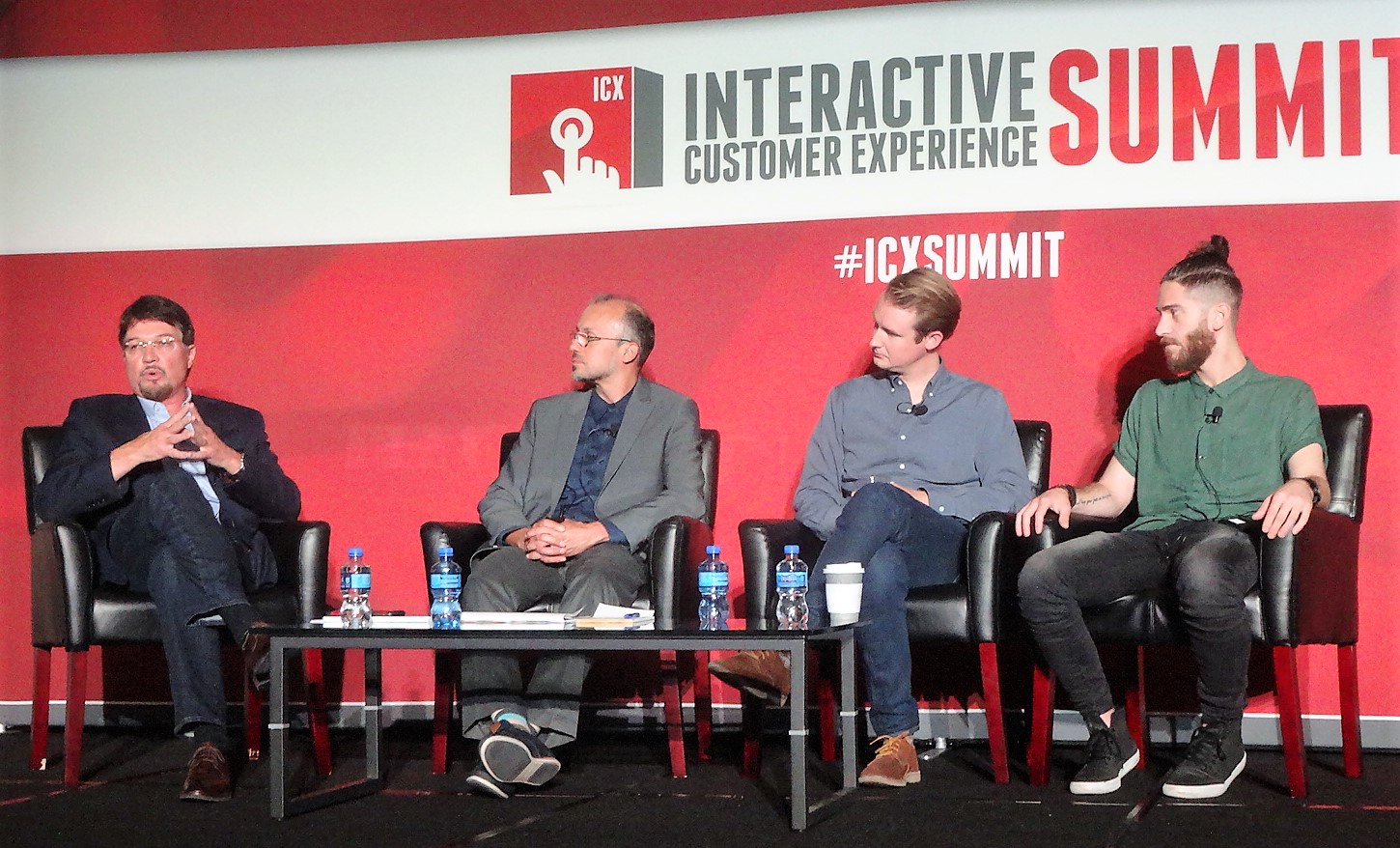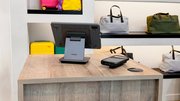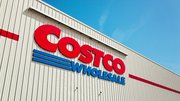Article
Pop-up stores, a direct engagement tool, gain interest
A pop-up store can deliver improved sales, better product education, enhanced customer interaction and increased awareness of product benefits.

June 27, 2019 by Elliot Maras — Editor, Kiosk Marketplace & Vending Times
As e-commerce has expanded in recent years, pop-up stores, which provide a temporary physical presence for a brand, have taken on new significance, particularly for brands that do not have a regular brick-and-mortar presence.
But regardless of whether or not a brand already has a physical presence, a pop-up store allows a brand to "step out" from the retailer’s shelf and interface directly with the customer. A pop-up store can deliver improved sales, better product education, enhanced customer interaction and increased awareness of product benefits.
 |
| Discussing the benefits of pop-up stores are Dan South and Dennis Torres of Walls+Forms, Carter Jensen of Latitude and Jared Stabiner of Next Now. |
A panel of marketers who have worked with pop-up stores offered insight into the challenges and benefits these rising ventures offer during the recent Interactive Customer Experience Summit in Dallas. Dan South, president of Walls + Forms, a provider of retail solutions, and Dennis Torres, general manager of the same company, co-moderated the session.
Panelists presented pictures of the physical layout of pop-up stores, which take a variety of sizes and shapes.
Jared Stabiner, strategy consultant, Next Now, creative technology agency, said a pop-up store lets a brand tell its story and provide a unique experience the customer would not have otherwise been able to have. This is important for younger consumers since they want to engage with brands, he said.
An unusual example
Stabiner cited a shipping container converted into a kitchen to give samples of avocados as an example of what can be accomplished on a temporary basis in a limited amount of space.
The "Avo-matic" on behalf of Avocados from Mexico, an avocado promotion company, at the South by Southwest convention in Austin in 2017 allowed visitors to sample avocados. The Avo-matic was equipped with touchscreen kiosks that used facial recognition, providing the sponsor to get input on the users in a non-intrusive way, Stabiner said.
Different business models
Large retailers oftentimes allow bands to have pop-up spaces within their stores, Torres said. The "pop share" model that some stores host allow different brands to "tell their stories" next to each other in a confined space. "You have to be able to tell your stories," he said.
South offered the example of a modular wall system consisting of modular frames mounted to walls. Once the frames are in place, panels of varying sizes, shapes and colors can be placed into the frames. He called it "modular, flexible retail." Retailers that he said have done this include AMC Unicon and Samsung.
One brand put up a pop-up store 24 hours following a special event and invited other brands to join them in the space, South said. The participating brands were able to use the pop-up stores as sales training sessions on how to sell directly to customers. The different participating brands mixed well with one another. But setting up the pop-up store 24 hours after the event was a challenge, South added.
Another concept called Studioshop allows brands to occupy spaces within a building, South said. The display spaces can be adjusted using dividers and headers.
Challenges to address
One challenge cited by one panelist was measuring results.
Carter Jensen, senior retail innovation strategist at Latitude, a retail innovation provider, agreed pop-ups allow brands to bridge the online experience with a "barrier free" way to sell products. However, he said the temporary displays do not always have wireless connectivity, making it difficult to measure the results.
Stabiner said communicating the purpose of a pop-up store is a major challenge.
"Communication can actually be a huge pain point," he said.
Determining the budget for a pop-up store can also be a challenge, Stabiner said, since it is not economically feasible to customize every project.
In determining the budget, South suggested first identifying the "must haves." Brands need to know what products to promote, what type of signage to use and what prices will be offered, he said. If there is a way to scale the concept, it will bring down the cost.
An important question when designing a pop-up is what story it will tell. "You can tell experiences through technology," Stabiner said.
"Pop-ups are just a touchpoint in a larger custom story," Jensen added. He said sales are not always immediate in pop-ups.
Because pop-ups can be quickly refreshed, "We see this as the new retail model," Torres said.
There are companies that identify retail spaces that can host popups that sell the space to brands, he added.
One slide presented summarized the role of the pop-up store as the adaptability and flexibility that allows brands to tell complex stories over time.
About Elliot Maras
Elliot Maras is the editor of Kiosk Marketplace and Vending Times. He brings three decades covering unattended retail and commercial foodservice.





